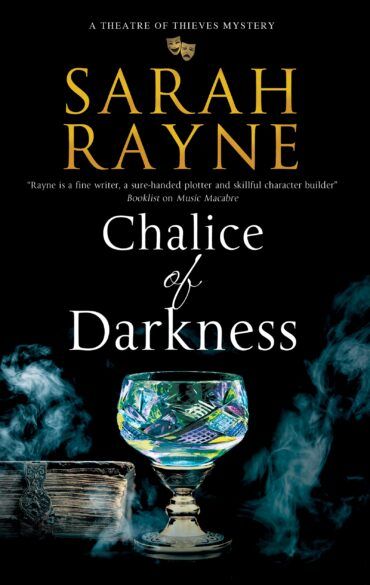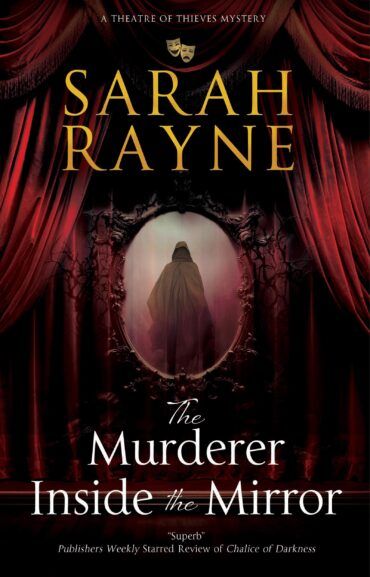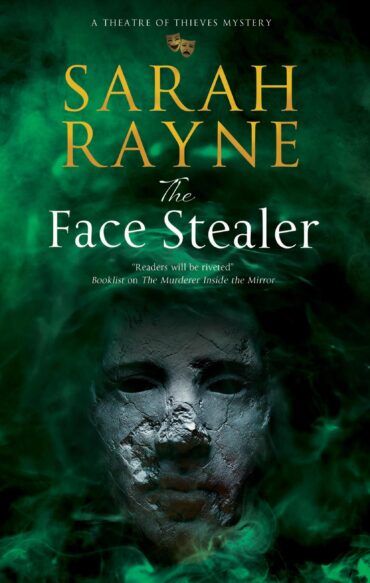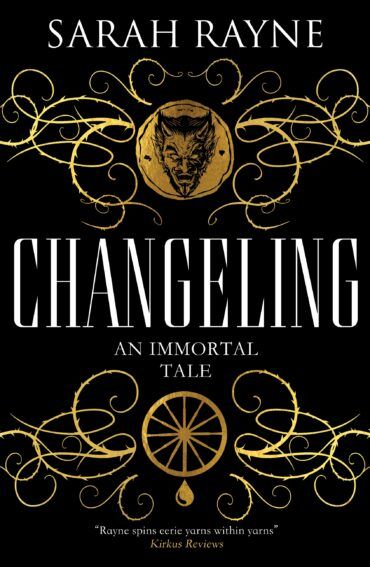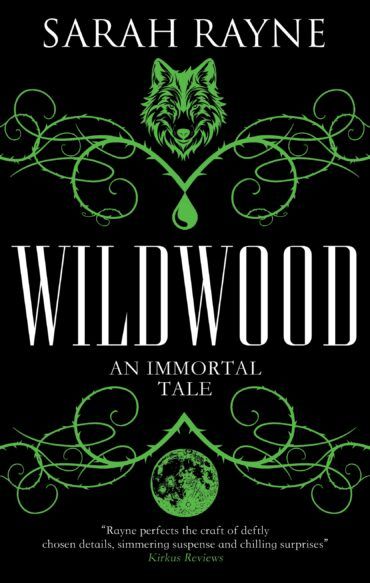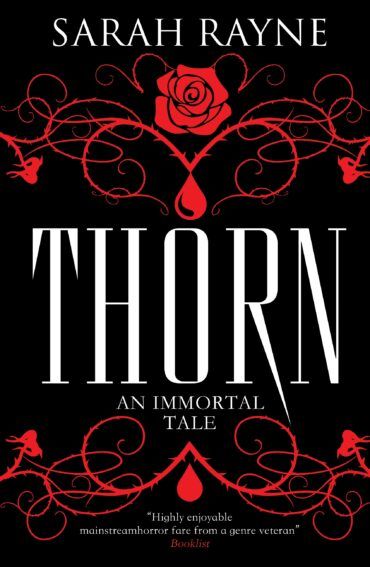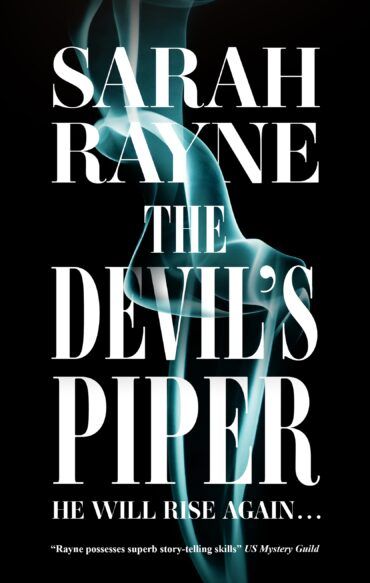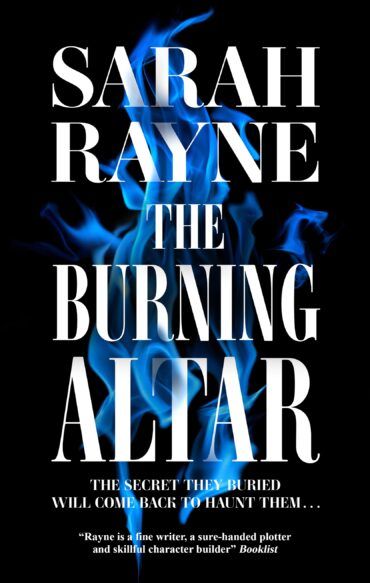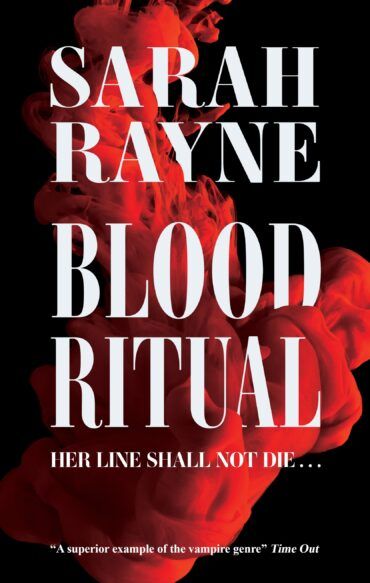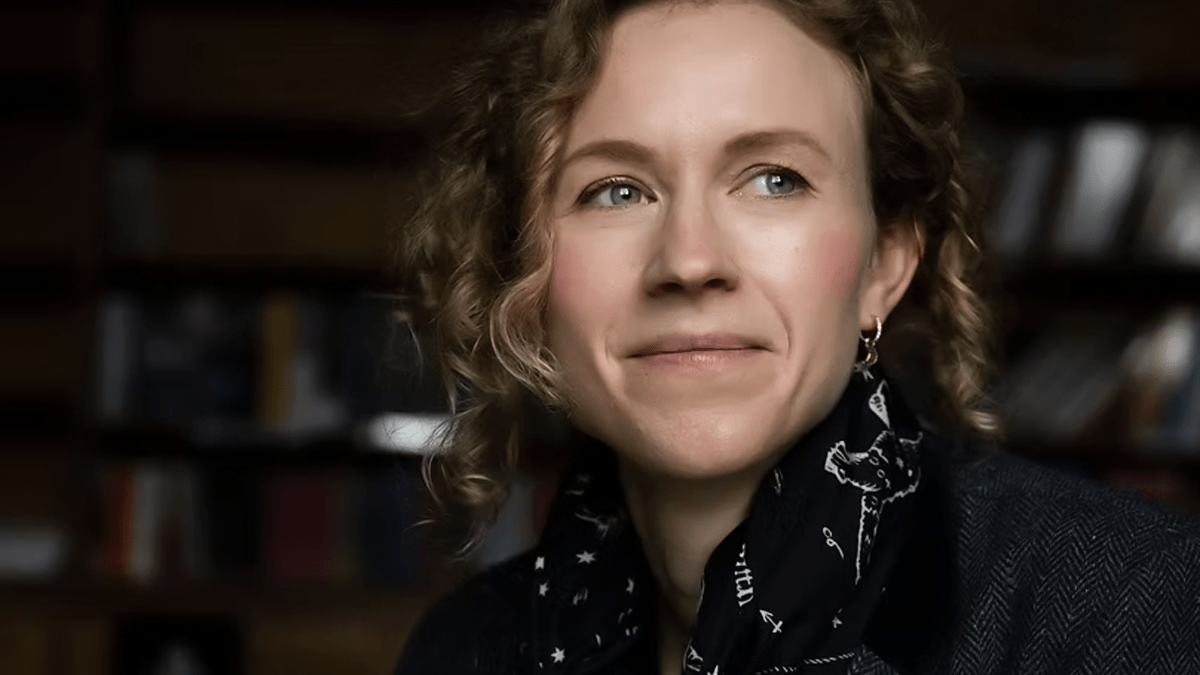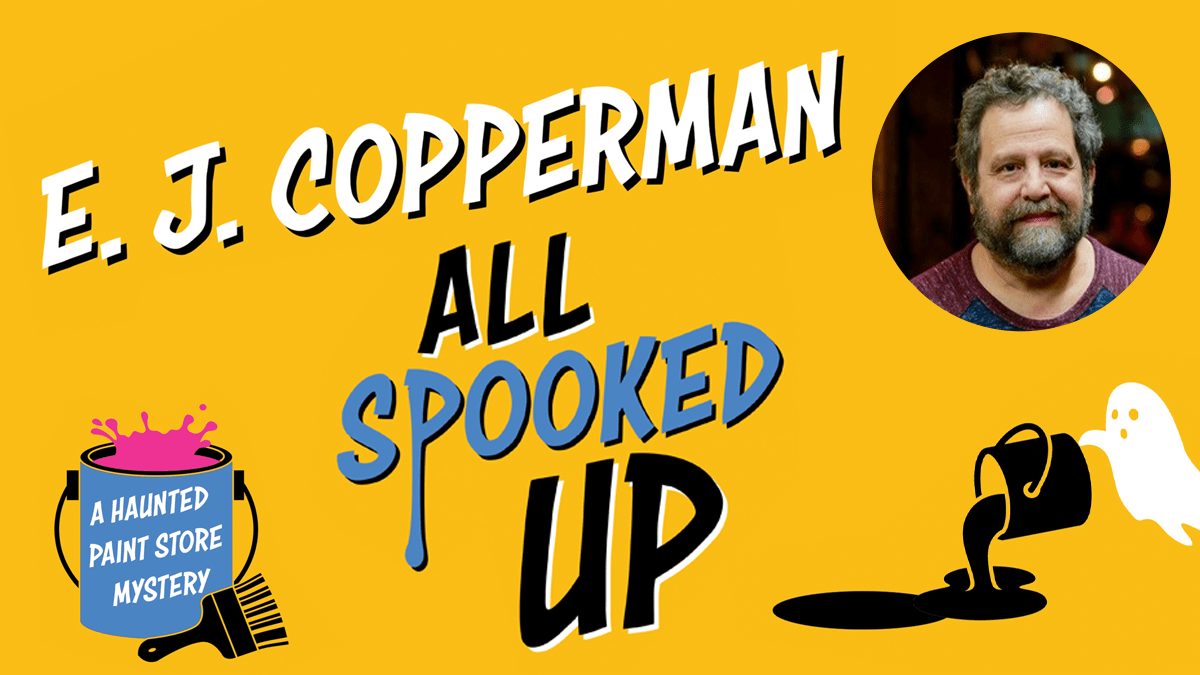Author Sarah Rayne on Gothic Horror, Twisted Fairytales and Devilish Music
by Severn House on 23 October 2025
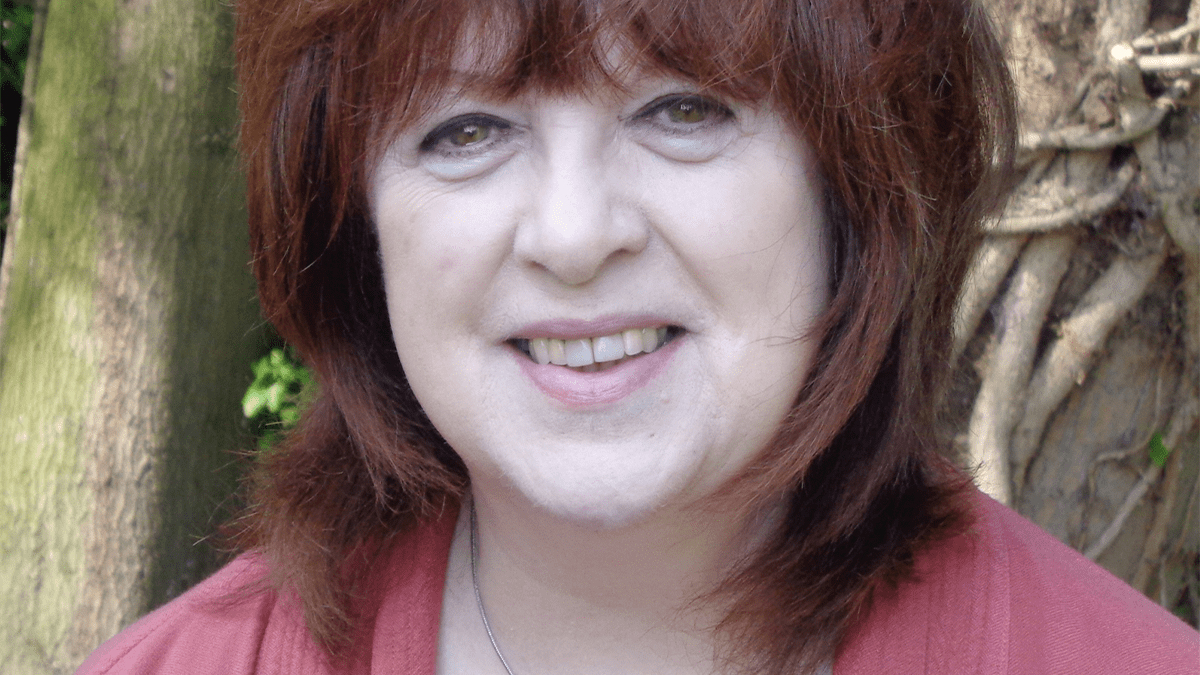
Spooky season continues! What better time to catch up with the wonderful Sarah Rayne – master of all things gothic horror and twister fairytale! The latest instalment in her nineteenth-century gothic Theatre of Thieves mystery series, The Face Stealer, is out now.
What drew you to the gothic horror genre, both in your earlier standalone horror books and your current Theatre of Thieves series?
There’s always seemed to me to be a dark fascination in reading about eerie or menacing situations – providing it’s done in the comfort and safety of a well-lit room, with curtains drawn against the night, and doors securely locked. Perhaps it reinforces our sense of security to accompany the hapless heroine (or hero) to steal warily through a shadowy old house with the villain lying in wait. There’s a certain reassurance in the knowledge that none of the waiting menaces – the ghosts, the cloaked murderer – can sneak their way off the page and reach you. (Or can they . . .?)
Which authors influenced you the most while writing your horror books and how did this continue/change for your current series?
I’d have to say the ghost-writers of the nineteenth/early twentieth century have been the strongest influence on my own ghost/horror books. For me, M.R. James is the absolute master of gothic ghost tales. He knew about the midnight creak on the stair – when no one was there to have made that creak – and about the whisk of something sinister disappearing around a corner. I greatly enjoyed allotting him a cameo role in The Face Stealer¸ where heremarks that, “It can be far scarier to glimpse the shirt-tail of a ghost than the ghost itself.” I don’t think he ever said that, but I do think it’s an outlook of which he would have approved.
I’d also have to give a grateful nod to E.F. Benson and ‘Saki’ for their splendid ghost stories – often laced with deft touches of ironic humour. More recent names are Dennis Wheatley, whose Black Magic books I devoured through my teens, and also writers such as Angela Carter and Shirley Jackson.
As for the Theatre of Thieves series, I was influenced – probably inspired – by a book called Broome Stages, written in 1930 by Clemence Dane. The first time I read it I lost an entire four-day bank holiday reading it. In a very general way it’s a family saga – it spans 1715 to 1930, and covers seven generations of a theatrical family. The story begins with travelling players in tavern courtyards, and traces the family’s rise – through the Victorian actor managers, those lovely fruity characters who re-wrote Shakespeare to suit themselves – and on into the early years of the twentieth century, with the onset of the early movies. It’s about the changing world of the theatre, but it’s also about the Broomes themselves – their loves and hates, and feuds and plots.
Your earlier horror books – namely Blood Ritual, The Devil’s Piper and The Burning Altar – are still so relevant thirty years after publishing them. Why do you think that is?
First off, I have to say it gives me enormous pleasure that these books are still in circulation.
They all make use of legends and historical events that have come down to us in various forms – and that I hope strike a familiar, if dark, note. There are probably very few people who don’t know the vampire legend, so vividly depicted in Bram Stoker’s tremendous Dracula. But the grisly story of the seventeenth century Hungarian countess, Elizabeth Bathory is perhaps not quite as well known. Her story has come down to the present in fragments: mostly from the archives of the Court of Vienna where, because of their horrific content, the documents relating to her life and dreadful death were kept under lock and key for over a century. And secret, suppressed chronicles have, I think, always held a fascination – hence the creation of Blood Ritual.
Music contains a great many secrets and strange beliefs, many of which have a sinister, but alluring, core. The idea for The Devil’s Piper came from the old tale of the “devil’s tritone” – the diabolus in music, the devil in music – said to have been banned by the early Christian Church who suspected and feared it had demonic links.
For books like Thorn, Changeling and Wildwood you used folklore/fairy tales transposed to a contemporary context. How did that idea occur to you and why these stories in particular?
The traditional fairy-stories are probably known to most children – even in today’s high-tech world. They’ve woven themselves into our culture, they’re handed down and down.
As a child I read the story of Red Riding Hood by mistake, having found an ancient copy thrust into the back of a cupboard. The pages were dry and musty; the illustrations, (probably by Gustave Doré), were harrowing, but I read the story with a kind of horrified compulsion. Afterwards, I had nightmares about wolves.
Then, years later, a visit to a tiny place in Derbyshire called Millers Dale revealed the unsuspected, but intriguing, existence of the Foljambe family, documented as having been enfeoffed as hereditary foresters in the time of William the Conqueror (1066-1087). A royal appointment which would certainly have included the slaying of wolves in the dense forests that covered a great part of the land.
Fact and fiction, legend and history, came together, and the plot for Wildwood was born.
But, as Charles Perrault wrote in his own seventeenth century version of the fable:
“Watch out if you haven’t learned that tame wolves
Are the most dangerous of all . . .”
In your Theatre of Thieves Mysteries you combine historical mystery with gothic horror – in your opinion does history provide a good basis for spooky tales and if so, why?
History is rich with legends and scandals and unexplained, unfinished snippets, any of which can be seized on and used in a plot. It’s extremely satisfying to plunge into almost any century in almost any country or culture, and pluck out a half-remembered, probably exaggerated fragment, and build a story around it.
There are minefields, though. Proven facts can’t be changed or even manipulated, even though it can be annoying to discover that some people died too soon and others too late to fit into the author’s plot. There’s also the matter of how far contemporary accounts of events can be trusted, because it’s undeniable that a number of chroniclers have had an axe of their own to grind, a grudge to promote, or a score to settle. So short of toppling dynasties or unseating monarchs – of rescuing rebels and traitors from the scaffold – the plot and the characters of an historical novel have to be tailored to fit the records that are available.
But it’s still enormously satisfying to take an incident from the past, and surround it with fictional characters – and perhaps throw in a spook or two, since the atmosphere and echoes of an ancient castle or a moated grange might as well be brought into play.
As for the ghosts in the Theatre of Thievesbooks,most actors say – with various degrees of dramatic emphasis – that all theatres have them, starting with Drury Lane’s famous ‘Man in Grey’ and its capering Regency comedian, Joseph Grimaldi, all the way down to the humbler levels of spectral chars eternally trying to scrub out fake blood after Macbeth’s death, or phantom stagehands who obligingly pass you a stage brace, then vanish in a puff of thespian-tinged vapour.
Your books normally include some supernatural elements: curses, legends, magical objects etc. Do you in one way or other believe in such things?
I should like to believe – I should very much like to be persuaded to believe. But my conviction is simply that strong emotions and shattering events can leave a lingering imprint on a house or a room or a place – and that some people are able to pick this up.
However, if ever I do meet a genuine ghost, I shall tender it my abject apologies for my scepticism, especially having written stories about the species for much of my writing career.
If you could choose to participate in one of your stories, which one would it be and which character would you embody and why?
A question all writers love to be asked! But probably for most of us there’s a real embarrassment of riches in the answer.
I would love to be any character in any of the Theatre of Thieves books – even simply sweeping the stage! – purely for the delight of walking through Edwardian London, and being part of the marvellous, colourful world of that era’s theatre.
As for the characters: it’s tempting to covet the persona of Viola Gilfillan, partly because she plays such a part in the Fitzglens’ various ploys and filches, but also because of her tempestuous relationship with Jack Fitzglen. But on balance I would probably like to wear the shoes of Tansy Fitzglen – she has such fun in The Murderer Inside the Mirror, unravelling the truth about the mysterious manuscript found – is it a “lost” Shakespearean play or not?
